Discover a little piece of history at these Texas landmarks!
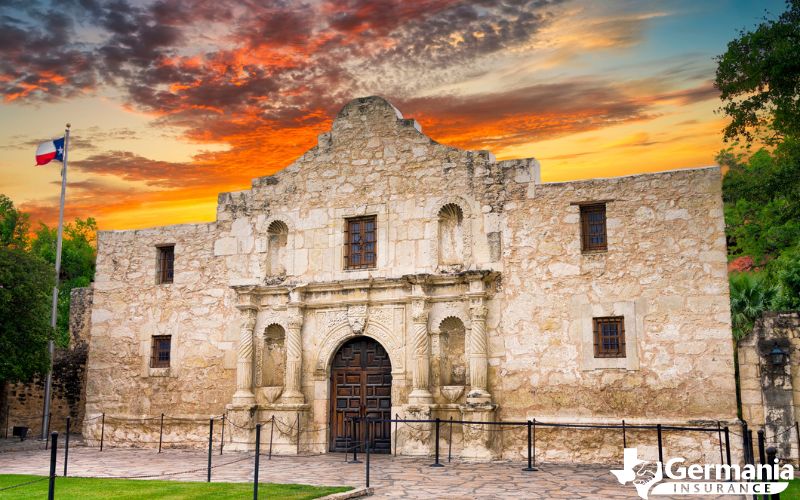
It’s no secret that Texas has a rich history. And one of the best ways to learn about its history is to visit some of the Texas landmarks and historical sites throughout the state.
Whether you’re a tried and true Texan or new to the area, you’ll discover a little piece of Texas history at each of these landmarks.
1. The Alamo
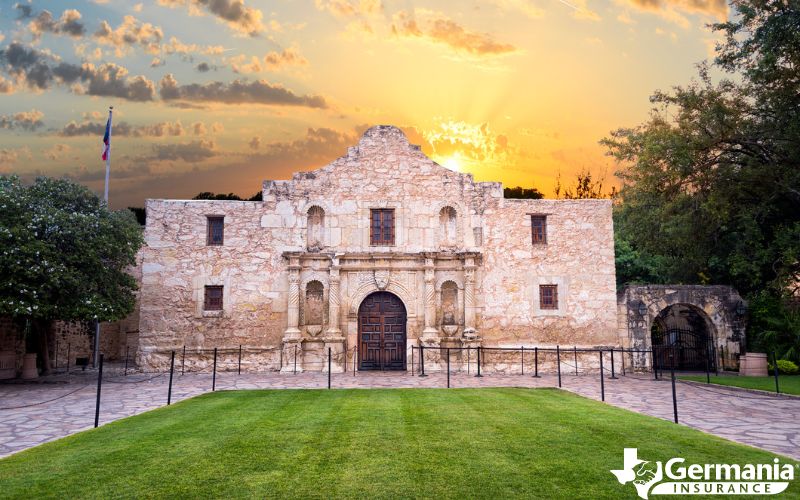 San Antonio, TX
San Antonio, TX
Lasting 13 days, the
Battle of the Alamo in 1836 was a pivotal event during the Texas War for Independence from Mexico. While the Mexican army did take control of The Alamo during this battle, it was a turning point as it helped rally the rest of Texas to fight the Mexican army, which they eventually overtook at the Battle of San Jacinto.
When you visit this Texas landmark, you can explore the Alamo Mission and its grounds. The mission has been preserved as a museum and historic site. Whether you take a guided tour or learn about its history through exhibits and displays, you’ll quickly see why The Alamo is an important historical site in Texas.
2. Dealey Plaza Historic District
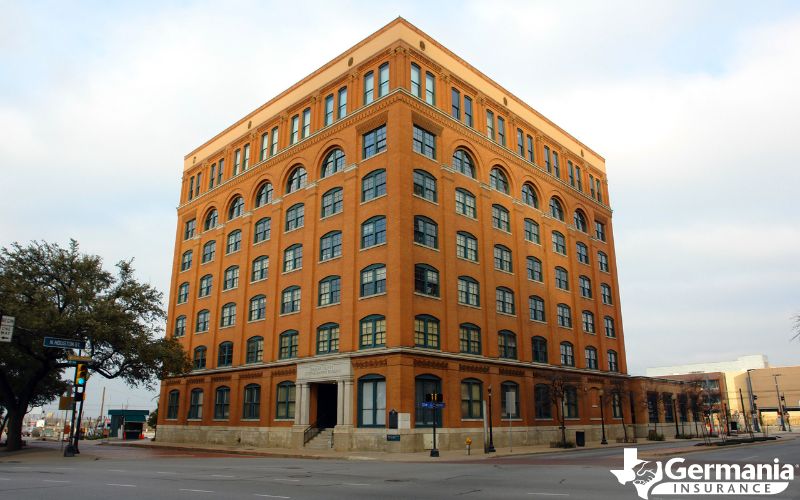 Dallas, TX
Dallas, TX
Dealey Plaza Historic District offers a look at the darker side of Texas history. The public park and historic site is infamous for being the location where President John. F. Kennedy was assassinated on November 22, 1964. Now home to the John F. Kennedy Memorial, the plaza is a small park surrounded by other historic buildings you can tour.
Near the plaza is the former Texas School Book Depository building, which is now home to the
Sixth Floor Museum. The sixth floor of the building was the primary crime scene for the assassination. Now, it holds the main exhibit, which chronicles the life, legacy, and assassination of John F. Kennedy with historic images, news footage, artifacts, and more.
3. Fort Worth Stockyards
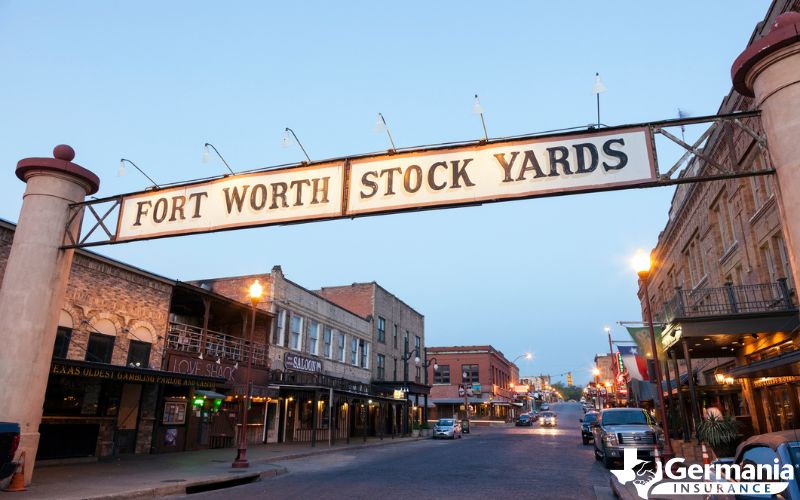 Fort Worth, TX
Fort Worth, TX
The
Fort Worth Stockyards Historic District is another Texas historic site that gives you an idea of what life was like in another time period. Fort Worth, Texas, was the last stop for rest and supplies when cattle drovers moved up the Chisholm Trail. Between 1866 and 1890, cattle drovers brought more than 4 million cattle through the town, which was soon known as “Cowtown.”
The Union Stockyards were built in 1887 after the railroad arrived in Fort Worth, and the city became a major shipping point for livestock. The Stockyards included pens, barns, and a Livestock Exchange Building, which would later be known as “The Wall Street of the West.”
The Fort Worth Stockyards preserve the livestock heritage of the area with restored buildings and a museum with a growing collection. The Stockyards host the world’s only twice-daily cattle drive, and the area is also home to more than a hundred shopping, dining, and entertainment venues.
4. Lyndon B. Johnson National Historical Park
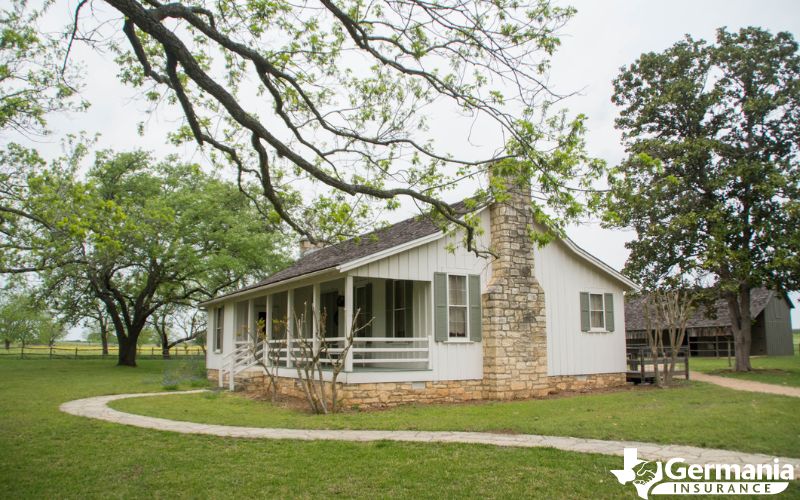
Johnson City, TX
Serving as the 36th President of the United States from 1963 to 1969, Lyndon B. Johnson was born and raised in Texas. Having come into office after the death of John F. Kennedy, Johnson advanced the Kennedy legacy during his time in office while also extending the New Deal of Franklin Roosevelt, which included programs like Headstart, Medicare, and Medicaid.
The Lyndon B. Johnson National Historical Park tells the president’s story while showcasing some of the most important places in his life. See the Johnson Family Ranch, where he was born and raised, as well as the Johnson Settlement, his boyhood home.
You can also tour the Texas White House, which is where Johnson kept his informal office during his time as President. Learn all about his life and presidency, including his roles in the Civil Rights Movement and the Vietnam War.
5. NASA Space Center Houston
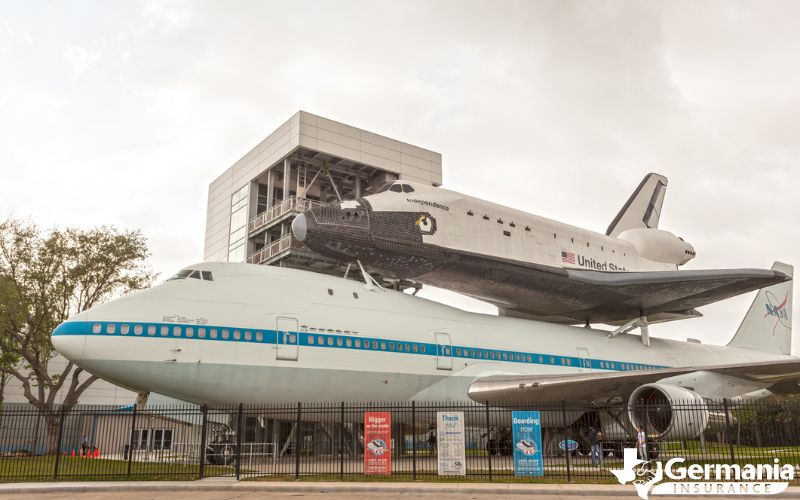
Houston, TX
Texas played an important role in the Space Race, making the
NASA Space Center a fitting location for this list of Texas historical sites. Most notably, the center is home to the Apollo Mission Control Center, where NASA led the first attempted moon landing.
Visit a variety of exhibits showcasing the history and continued work of NASA and the U.S. space program. Within the center is a full-size replica of the Space Shuttle Independence as well as interactive exhibits like the Mars habitat. You can also take a tram tour of NASA Johnson Space Center to get a behind-the-scenes look at astronaut training facilities.
6. Pioneer Village
Gonzales, TX
If you’re interested in experiencing the life of a Texas pioneer, don’t miss the opportunity to explore
Pioneer Village Living History Center. This historic site and museum preserves a collection of historical buildings and artifacts from the pioneer era of the mid-19th century.
While exploring the village, you can visit the blacksmith shop, a one-room schoolhouse, a church, a smokehouse, a general store, a log cabin, and more. You can also see a number of different farming tools and other artifacts used by pioneers during this time period. They offer a number of different programs, including lectures on pioneer life, crafts workshops, and even living history demonstrations.
7. Port Isabel Lighthouse
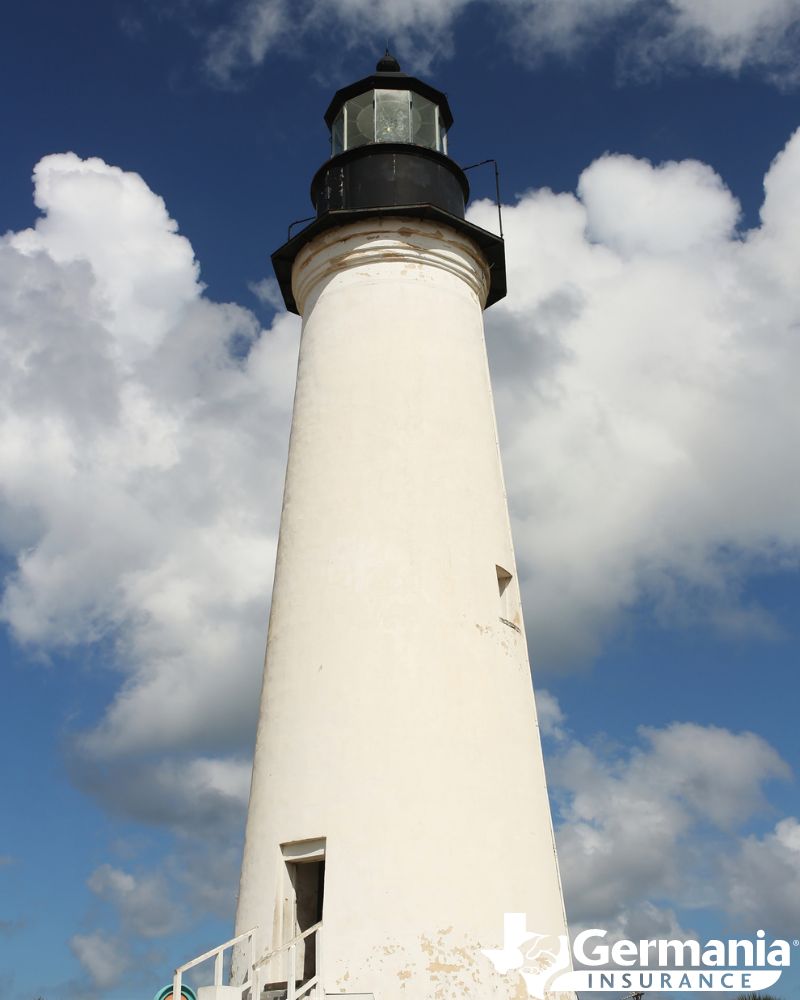
Port Isabel, TX
One of the oldest functioning lighthouses on the Texas Gulf Coast, the
Port Isabel Lighthouse was an important part of military operations during the Civil War. The lighthouse served as a lookout for both Union and Confederate forces during the Civil War and again during World War I.
When visiting the area, you’ll see a few different Texas historical markers. The first is the Old Point Isabel Lighthouse, which was built in 1852 and distinguished during the Civil War, and then another for the Point Isabel Lighthouse.
You’ll also see the site of Fort Polk, a Mexican village settled by ranchers in the 1700s. It was abandoned prior to the Texas War for Independence. The area was then occupied by General Zachary Taylor on March 24, 1846, to receive supplies from New Orleans during the war.
8. San Antonio Missions
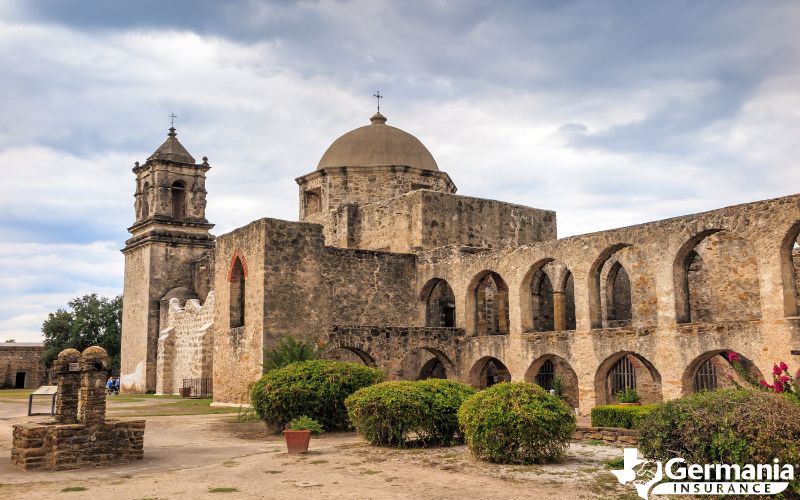
San Antonio, TX
The Spanish Missions in Texas are a group of religious outposts created by the Spanish Catholic Dominicans, Jesuits, and Franciscans. Built in the early 18th century, with the intention of spreading Catholic doctrine among the Native Americans, they were also responsible for bringing European livestock, fruits, vegetables, and industry to Texas.
The San Antonio Missions National Historical Park aims to preserve the history of the Spanish missions in San Antonio, which were an important part of Texas’s cultural and religious heritage. The four missions—Alamo, Concepción, San José, and San Juan—have been restored and preserved, giving you a glimpse at the lives of the Spanish colonists and indigenous people who lived there.
9. San Jacinto Monument
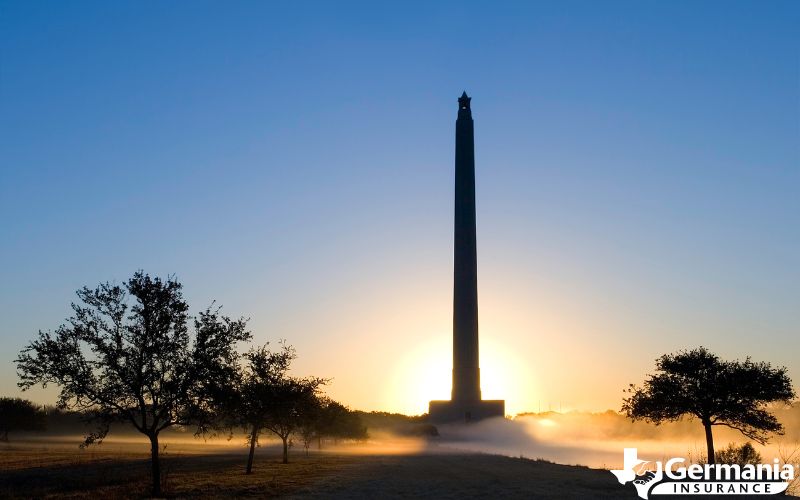
La Porte, Texas
The Battle of San Jacinto was the final event in the War of Texas Independence. On April 21, 1836, the Texas army of about 900 men (led by Sam Houston) defeated the Mexican army of about 1,200-1,300 men, led by Antonia López de Santa Anna—the same man who led the attack on the Alamo earlier that year.
The San Jacinto Monument is located at the
San Jacinto Museum of History in La Porte, Texas—just 20 minutes from downtown Houston. Standing 570 feet tall, this monument commemorates the final battle. You can also walk the battleground, which has markers to designate the sites that were important to the battle events.
10. USS Lexington
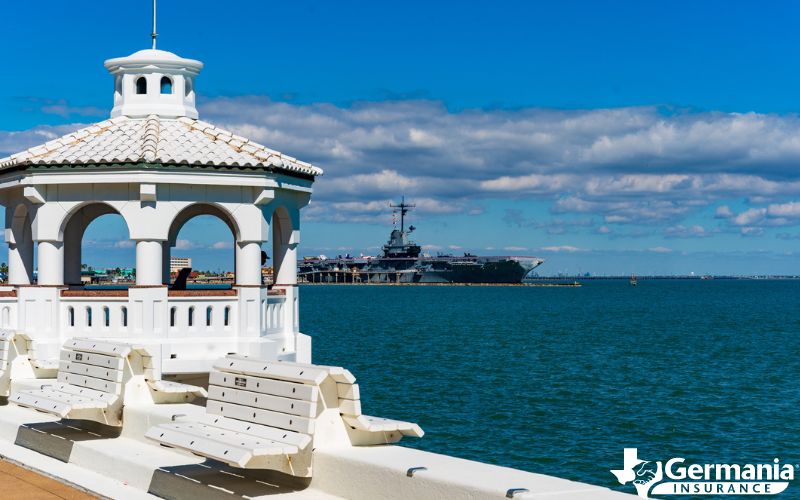
Corpus Christi, TX
Built in 1943, the USS Lexington joined the Fifth Fleet at Pearl Harbor in 1944. During World War II, the carrier was involved in almost every major operation in the Pacific Theatre, seeing a total of 21 months of combat. Her planes took down 372 enemy aircraft in the air and 475 more on the ground. She also sank 300,000 tons of enemy cargo while damaging another 600,000 tons.
You can visit the world’s oldest aircraft carrier in Corpus Christi, which now serves as a
naval aviation museum and educational center. Learn all about the USS Lexington’s 40-year history of active service when you see the ship for yourself.
11. Washington-on-the-Brazos
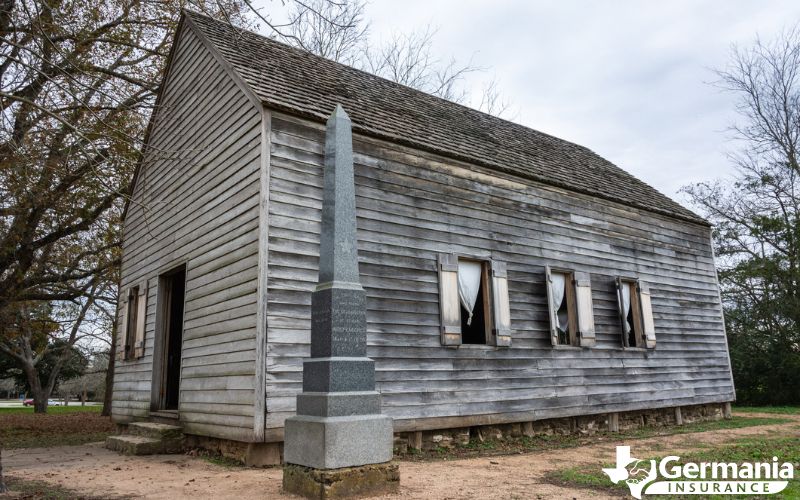
Washington, TX
Located along the Brazos River, the
Washington-on-the-Brazos State Historic Site marks the place where the Texas Declaration of Independence was signed on March 2, 1836. Prior to the signing, the General Convention gathered there to decide the fate of Texas, eventually drafting the constitution to establish the nation’s first government.
While you’re there, you can enjoy a stroll or picnic on the grounds and visit the Star of the Republic Museum, which details the time period between 1836 and 1846 when the Republic of Texas was its own separate nation. This museum gives a unique insight into the lives of the men who fought for Texas’ independence from Mexico.

Have a question about insurance? Find an independent agent here!
Enjoy blogs like this one? Sign up for The Germania Blog Digest and get monthly updates delivered straight to your inbox!